International Women’s Month, March, recently came to a close. We wanted to reflect on the contributions of women in electronic music in the past and highlight where women are in the scene today.
Note: this article uses the phrase ‘”women” but includes all who stray from the gender binary. One article will never come close to encompassing the full scope of the women’s contributions to lift the scene to where it is today, while typically receiving inadequate recognition.
The earliest ages of electronic music: Clara Rockwell
The earliest forms of electronic instruments consist of the telharmonium (1897) and the theremin (~1920). The theremin was the “only musical instrument controlled entirely without physical contact.” Clara Rockwell was one of the first influential women in electronic music, as she became a world-renowned theremin player. She was a child prodigy, being the youngest student ever accepted into the St. Petersburg Imperial Academy.
Daphne Oram elevates electronic music in the 1950s
In the 1950s, UK-born Daphne Oram made highly significant contributions to the early development of electronic music. She was one of the first co-founders of the radiophonic BBC show. She specifically experimented with electronic oscillators as well as tape records. “’For a whole decade, [Oram] had been making electronic music by recording natural sounds and splicing them together using reel-to-reel tape machines,’ said Tim Boon, chief curator of the Science Museum in London.”
This type of experimentation paved the way for countless artists to follow. In addition to this, Oram invented oramics, which she describes as, “A means of synthesizing sound by drawing waveforms, pitches, volume envelopes and other properties on film.” She also invented the oramics machine, which served as an evolution of her process with reel-to-reel tape machines. This experimentation (and an unfinished Oramics System prototype) foreshadowed one of the biggest advances in electronic music, the synthesizer.
Daphne Oram is also often attributed alongside Delia Derbyshire. Derbyshire was a mathematician as well as a musician and took over for Daphne Oram once she had moved on from working with the BBC at the radiophonic show. She continued the legacy of Oram in many ways and also composed the electronic theme song for Doctor Who.
Even Robert Moog, who is commonly associated with the creation of one of the first commercial synthesizers alongside Yamaha, was advised by Wendy Carlos in his creation of the first keyboard-based synthesizer which was made available in 1968.
Shedding light on the path of women in electronic music through film
Sisters with Transistors is a 2020 film directed by Lana and Lilly Wachowski. The film explores the early beginnings of women in electronic music through a poignant and honest lens. The film recognizes how familiar this struggle is, but sheds light on the many advancements women have made.
As one of the film’s subjects, Laurie Spiegel explains, “We women were especially drawn to electronic music when the possibility of a woman composing was in itself controversial. Electronics let us make music that could be heard by others without having to be taken seriously by the male-dominated establishment.”
In the documentary, Laurie Anderson poses a powerful question: “How do you exorcise the canon of classical music of misogyny?” She pauses, answering, “With two oscillators, a turntable, and tape delay.” This film is a beautiful account as it first-hand honors and features some of these pioneering women themselves. These women were brilliant minds, and their creative efforts required a rebellious and brave spirit to endure.
A look at how things are today: stark disparity of women’s recognition
However, unfortunately, in today’s electronic music scene, these accomplishments of women have been overshadowed by their white male counterparts. In fact, the 2021 International Music Summit Business Report highlighted that female DJs only account for four percent of demand globally, despite being consistently involved in the community. The report noted as well in an area specified to recognizing commercial growth of women; despite there still being room to grow, there had been an improvement in the number of women recognized.
According to the report, “Audiences voted 13 female DJs into DJ Mag’s top 100 DJs in 2020. Up from 8 in 2019, 6 in 2018 and 4 in 2017.” In 2022, 15 different women artists were in the DJ Mag’s top 100 DJs, two of which are duos. Even though only 15 out of 100 is still an extreme disparity, there is a positive trend that is occurring. Hopefully, this trajectory can continue and each year we will see more women represented in these statistics.
Women in electronic music make up a large portion of those working behind the scenes in the music industry. Some examples are tour/artist managers or talent bookers. For instance, two women are leading Liquid Stranger’s WAKAAN and SSKWAN labels.
There is more to the live show experience than what meets the eye. Due to the current layout of the music industry regarding artist revenue, live shows play a critical role in supporting artists financially. Shows are a product of the countless hours of work put in by a web of individuals behind the scenes, keeping everything afloat.
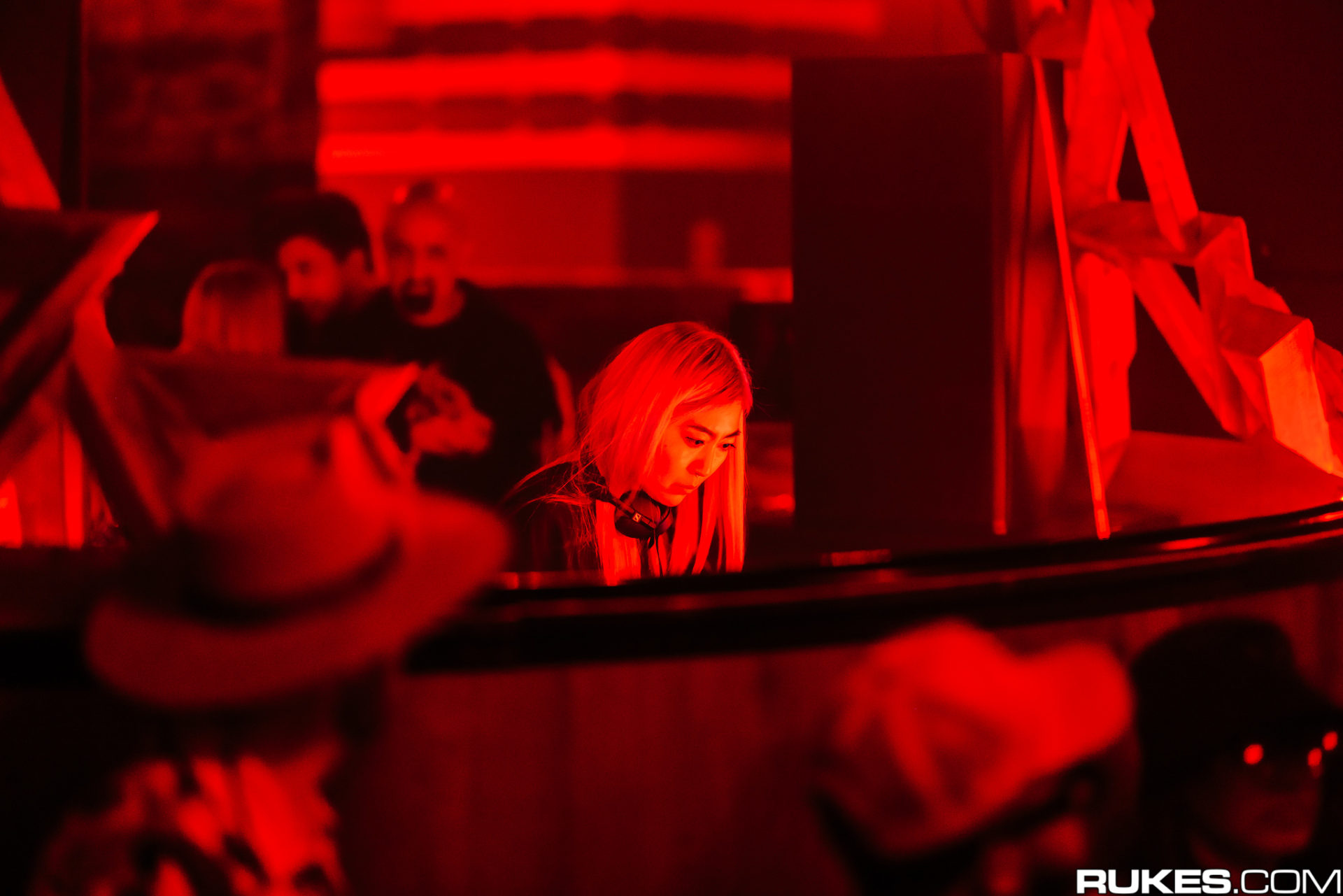
Credit: RUKES
Roots of a safe place for women and BIPOC, not always present in the industry
It is important to mention as well that the electronic music scene has historically posited a safe haven for women and non-binary individuals as well as BIPOC, and the scene has always included inclusivity in its core values. These values have not always been met over time. Many of the origins of dance music were related to the queer community, however many of these voices were drowned out. The silencing of these voices and accomplishments mirrors the treatment of women and gender-nonconforming groups, as well as minorities at large, throughout society and history.
We must mourn the voices that we were not lucky enough to hear, and recognize the grave, sinking loss it is to have so many barriers in place. These barriers exist on every level of the music industry, unfortunately, and are deeply interwoven with its functioning. This is why it is so vital to make an active effort to support women artists around us, as even though these barriers may not always be directly visible, they are disturbingly and painfully real.
This includes the treatment of women within live concert settings. Hopefully, more awareness is brought to these issues and as the electronic music community continues to shape and grow, more women will be welcomed in spaces that have traditionally been male-dominated. Hopefully, our community can continue to prioritize women’s rights as human rights.
We must honor SOPHIE, who was an extremely iconic figure within electronic music as well. SOPHIE, who tragically passed, was the first transgender/genderqueer person nominated for a Grammy Award in the category of Best Dance/Electronic artist. Her sound design was unique, emotive and displayed true self-expression. She was an inspiration and guide for many to follow in her footsteps.
Another significant artist, as seen in the feature image, is Rezz. Rezz is a Canadian DJ who has been one of the most successful artists of the past decade, who happens to be a woman. She released her first 2 albums onto mau5trap, a renowned label by deadmau5, and has played numerous Rezz Rocks set at Red Rocks in Colorado. She has over 2 million monthly listeners on Spotify, and has perfected her niche sound. Her visuals continue to become more and more surrealist, and she has several notable collaborations as well. Rezz has pushed the scene forward in countless ways and is an influential figure of representation for women.
The future is here and it calls for more women-led voices
We can’t wait to see more of the creative projects driven and led forward by women, as well as lift women who are working within the music industry up, and encourage all to do the same. We are eternally grateful to all women and hope to see more spaces created for women within the music industry. Furthermore, we also hope for increasing recognition of the efforts of women throughout the music industry, specifically within electronic music.
We kindly encourage women to seek resources and community, treat themselves with compassion, and keep creating outstanding music. The world is in dire need.
Stream women artists
A brief list:
Heavy bass: Jessica Audiffred, Layz, HVDES, Level Up, Rezz, Canabliss, Redrum
House: Nora en Pure, Anna Lunoe, Maya Jane Coles, Eli & Fur, Nora Van Elken, J. Worra, Blossom, LP Giobbi, Tokimonsta, Nostalgix, DJ Heather, Honey Dijon, SOHMI
Techno: Charlotte De Witte, Deborah De Luca
Experimental bass: A Hundred Drums, NotLo, VEIL, the Librarian, Zingara, CloZee
Drum & bass: Nia Archives, Harriet Jaxxon, Sweetpea, Iris,
Resources
Important things happen in Pacific Northwest nightlife, and DMNW will send you alerts!







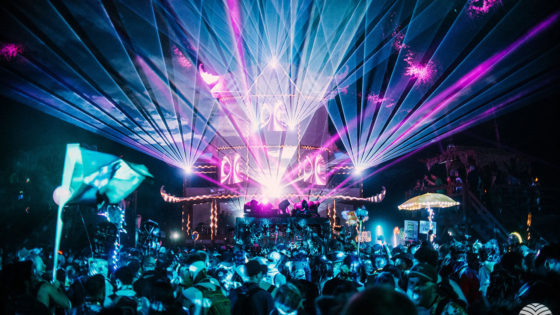












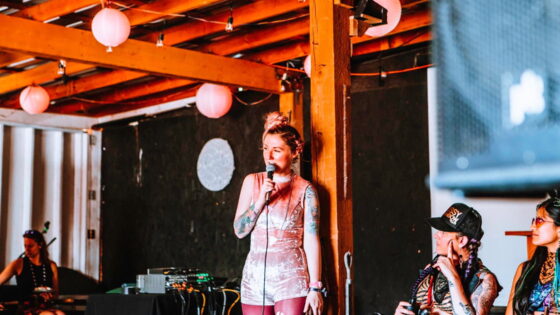
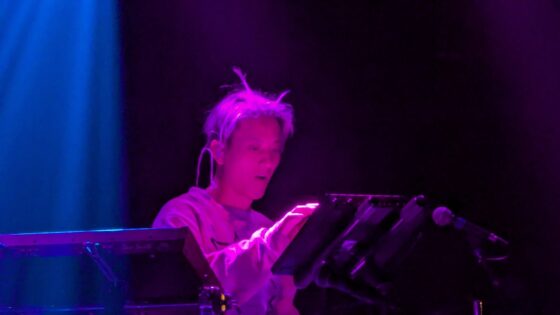
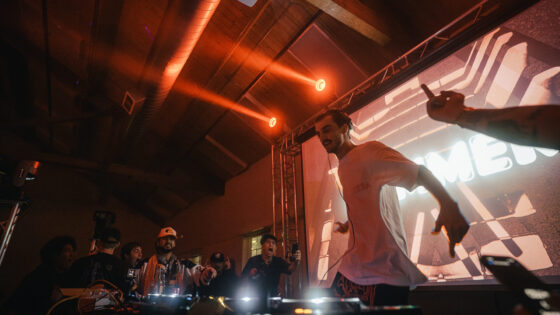
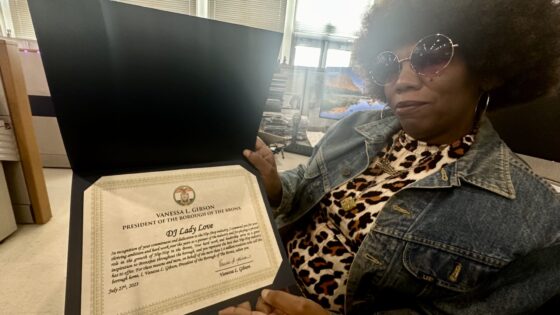






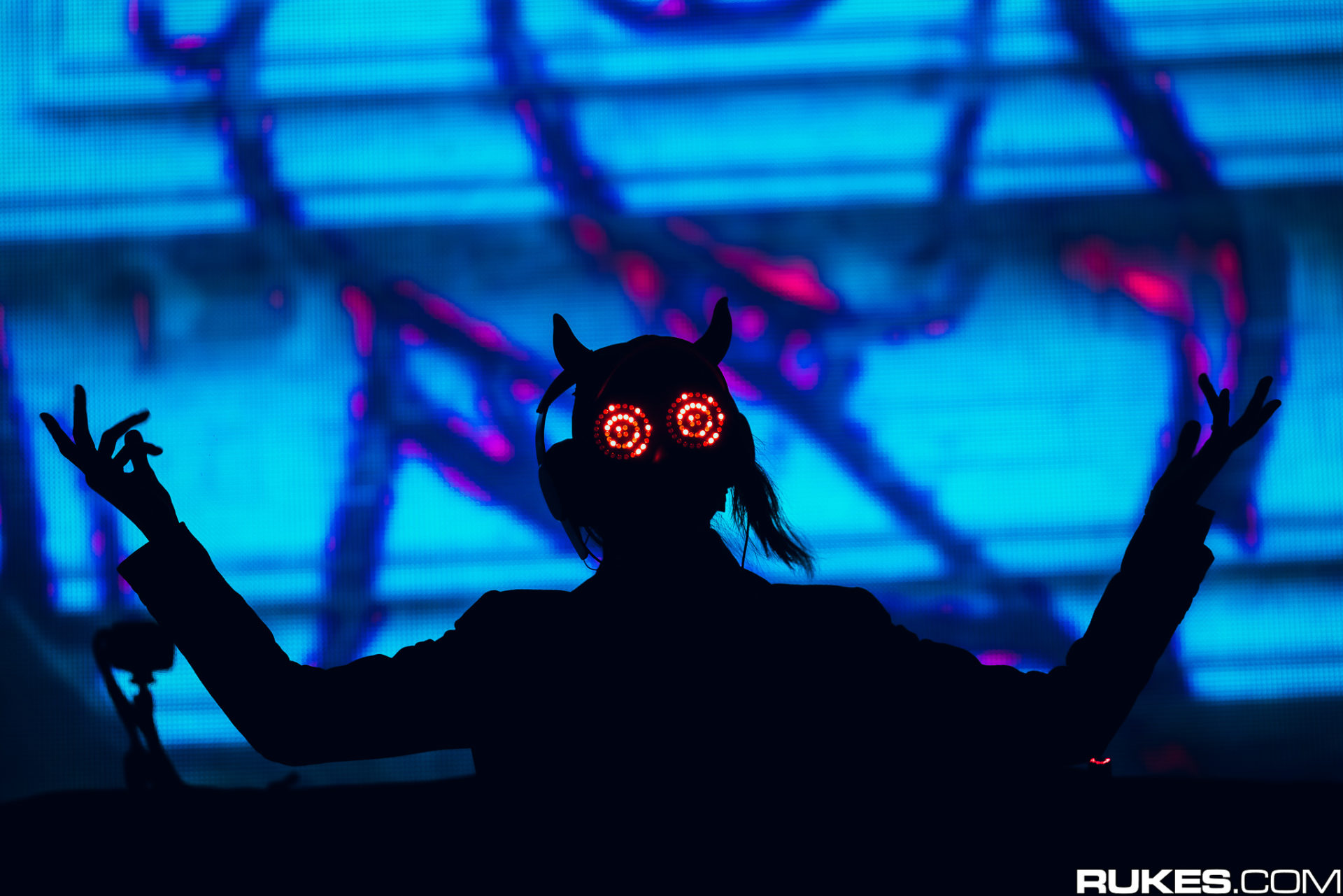


Sarah
April 9, 2023 at 2:07 am
Great article, but I take issue with including “all who stray from the gender binary.” Women are their own group, and their struggles are unique to their group. Apart from men, or those adhering less to whatever sex binary have earned the right to be recognized for those achievements and triumphs as the group called women nk of which isn’t to be diluted by including anyone who happens to not be a man. Women have unique enough experiences to be calibrated to one another, for they all share a common thread, which is well-known to them.